Blog
Is SoftWave Therapy the Solution for Runner’s Knee? Discover a Non-Invasive Path to Healing with Dr. Jeremiah Jimerson, DC, ART
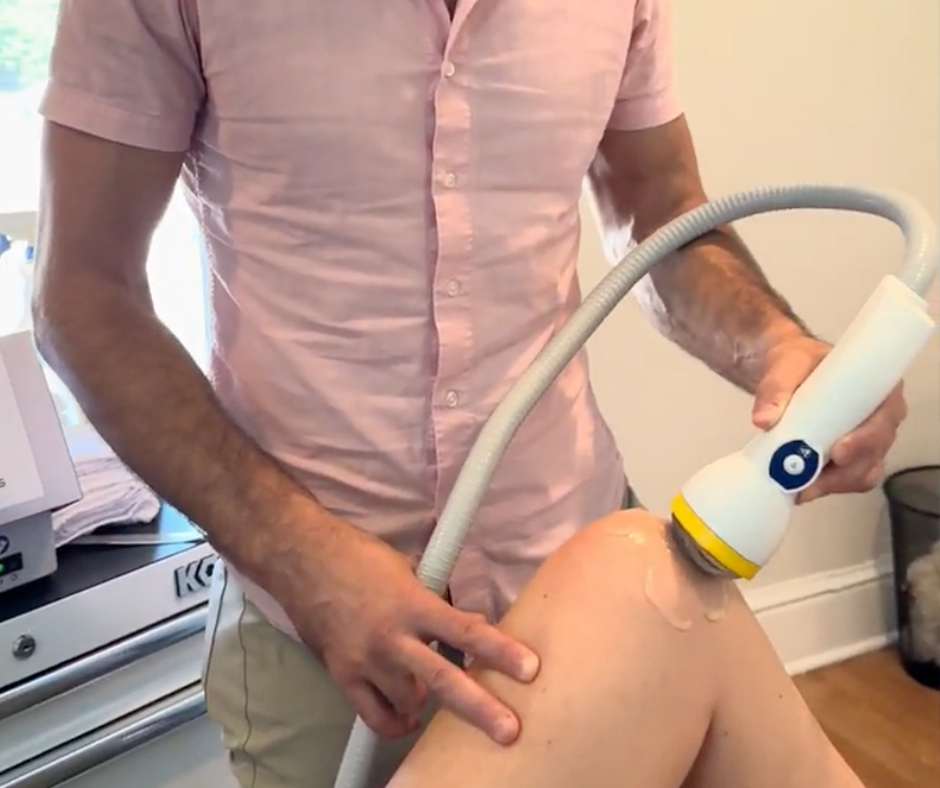
Runner’s Knee, also known as patellofemoral pain syndrome (PFPS), is a common overuse injury that affects runners, athletes, and active individuals. Characterized by pain around or behind the kneecap, Runner’s Knee can make every step painful and even sideline you from the activities you love. Traditional treatments often focus on pain management and rest, but SoftWave Therapy offers a non-invasive, drug-free solution that promotes long-term healing and pain relief. At Fix Your Pain Charleston, Dr. Jeremiah Jimerson, DC, ART has achieved outstanding results for patients with Runner’s Knee using SoftWave Therapy, helping them recover naturally and get back to running without pain.
What is Runner’s Knee?
Runner’s Knee refers to pain originating from the patellofemoral joint—where the kneecap (patella) meets the thigh bone (femur). The condition often develops due to overuse, misalignment, or muscle imbalances that place excessive stress on the knee joint. This repeated stress can lead to inflammation and pain, particularly during activities that involve bending or extending the knee.
Causes of Runner’s Knee
Several factors can contribute to the development of Runner’s Knee, including:
- Overuse and Repetitive Stress: Running, jumping, or other high-impact activities can put repeated strain on the knee joint.
- Weak or Imbalanced Muscles: Imbalances in the quadriceps, hamstrings, or hip muscles can alter knee alignment, increasing stress on the patella.
- Foot and Gait Issues: Flat feet, improper footwear, or abnormal gait patterns can affect how the knee absorbs impact, leading to pain.
- Previous Injury or Trauma: Knee injuries or trauma can increase susceptibility to Runner’s Knee over time.
Symptoms of Runner’s Knee
Common symptoms of Runner’s Knee include:
- Pain around or behind the kneecap: Pain is often felt during activities like running, squatting, climbing stairs, or sitting for long periods.
- Swelling or tenderness: Mild inflammation or tenderness around the kneecap is common.
- Popping or grinding sensations: Some individuals experience a popping or grinding sensation in the knee joint.
- Reduced mobility: Pain and inflammation can restrict knee movement, limiting flexibility and range of motion.
Traditional Treatments for Runner’s Knee
Traditional treatments for Runner’s Knee typically include a combination of rest, physical therapy, anti-inflammatory medications, and, in some cases, corticosteroid injections. However, these options often provide only temporary relief and don’t address the underlying causes:
- Rest and Physical Therapy: While rest can help reduce symptoms, it doesn’t address the root causes of inflammation or help repair damaged tissues. Physical therapy can strengthen muscles around the knee but may not be enough to fully heal the injury.
- Pain Medications and Injections: Anti-inflammatory medications or corticosteroid injections may temporarily reduce pain, but they do not promote long-term healing and can have side effects.
For those seeking a natural, non-invasive solution, SoftWave Therapy offers an effective treatment option that not only relieves pain but also supports the body’s healing process.
How SoftWave Therapy Helps Heal Runner’s Knee
SoftWave Tissue Regeneration Therapy is an innovative superior shock wave treatment that uses electrohydraulic supersonic acoustic waves to stimulate the body’s natural healing mechanisms. Unlike treatments that simply mask symptoms, SoftWave Therapy works at the cellular level to promote tissue repair, reduce inflammation, and provide lasting relief.
Key Benefits of SoftWave Therapy for Runner’s Knee:
-
Reduces Inflammation and Pain: SoftWave Therapy helps modulate the inflammatory response, reducing pain and swelling in the knee without the need for medications or injections.
-
Promotes Tissue Repair and Regeneration: The acoustic waves stimulate resident stem cells in the affected area, encouraging the repair and regeneration of damaged tendons, cartilage, and other tissues around the knee joint.
-
Improves Blood Flow and Circulation: SoftWave Therapy promotes angiogenesis (the formation of new blood vessels), enhancing circulation and delivering oxygen and nutrients to the damaged tissues, which speeds up recovery.
-
Non-Invasive and No Downtime: SoftWave Therapy is completely non-invasive, allowing patients to continue their daily activities without interruption or recovery time.
-
Supports Long-Term Joint & Soft Tissue Health: By addressing both inflammation and tissue damage, SoftWave Therapy provides a more comprehensive solution for Runner’s Knee, promoting long-term joint health and soft tissue health and reducing the risk of re-injury.
The Science Behind SoftWave Therapy for Runner’s Knee
SoftWave Therapy works through a process known as mechanotransduction, which converts the mechanical stimulation from acoustic waves into biochemical signals. These signals trigger a healing cascade that reduces inflammation, promotes cellular repair, and supports tissue regeneration.
For patients with Runner’s Knee, SoftWave Therapy:
- Targets areas of inflammation and damage in the knee joint, reducing pain and discomfort.
- Activates stem cells to repair and regenerate the tendons, cartilage, and soft tissues around the knee, providing lasting relief.
- Improves knee function and mobility by addressing both the structural and cellular components of healing, allowing patients to return to activity with less pain.
Why SoftWave Therapy is Superior to Injections and Surgery for Runner’s Knee
While injections and surgery may be recommended for severe cases, SoftWave Therapy offers a safer, more natural alternative that promotes healing without the risks associated with invasive procedures:
- Non-Invasive and Drug-Free: SoftWave Therapy doesn’t require needles, incisions, or drugs, making it a conservative and safe option for those seeking relief from Runner’s Knee.
- Promotes Long-Term Healing: Unlike injections, which only provide temporary relief, SoftWave Therapy encourages tissue repair and regeneration at the cellular level, helping patients achieve sustained recovery.
- No Recovery Time: With SoftWave Therapy, patients can avoid the downtime and potential complications associated with surgery, allowing them to continue their daily lives and physical activities.
What to Expect During SoftWave Therapy for Runner’s Knee
During your SoftWave Therapy session, Dr. Jeremiah Jimerson will apply the SoftWave device to the affected area of the knee. The electrohydraulic supersonic acoustic waves penetrate deep into the tissues, targeting areas of inflammation and damage. Many patients experience a mild tingling sensation as the waves stimulate healing and regeneration, but the treatment is generally comfortable and well-tolerated.
Most patients begin to notice improvements after just a few sessions, with reduced pain, increased mobility, and improved stability in the knee. Because SoftWave Therapy promotes long-term healing, the benefits continue even after the initial treatment period.
Real Results for Runner’s Knee Patients with Dr. Jeremiah Jimerson, DC, ART
At Fix Your Pain Charleston, Dr. Jeremiah Jimerson has helped numerous patients with Runner’s Knee achieve lasting relief and return to the activities they love through SoftWave Therapy. By targeting both the pain and underlying tissue damage, Dr. Jimerson enables his patients to avoid invasive procedures, improve mobility, and enjoy pain-free running and exercise.
Ready to Find Relief from Runner’s Knee?
If you’re struggling with Runner’s Knee and looking for a non-surgical, effective solution, SoftWave Therapy at Fix Your Pain Charleston may be the answer. Dr. Jeremiah Jimerson, DC, ART offers a compassionate, results-driven approach to treating knee pain, helping you overcome discomfort, improve mobility, and prevent future injuries.
Fix Your Pain Charleston
761 Saint Andrews Blvd
Charleston, SC 29407
Phone: 843.873.6004
Visit Fix Your Pain Charleston to learn more or schedule SoftWave Therapy online here today!
‹ Back


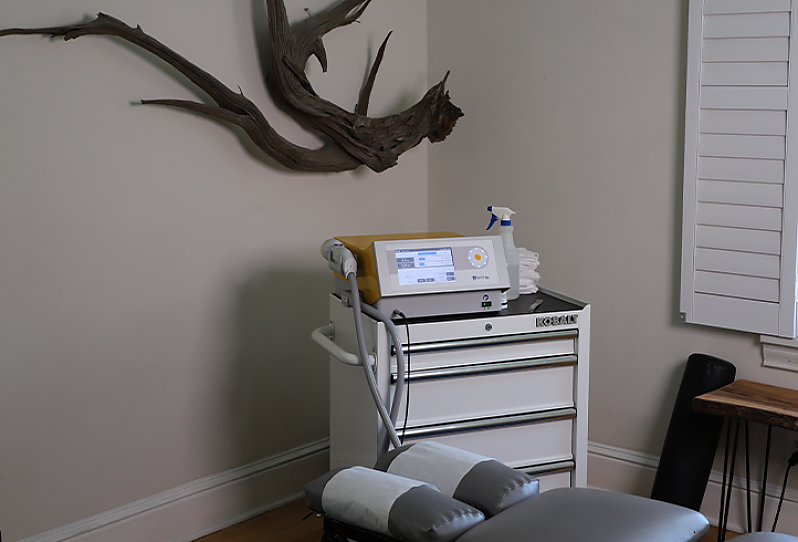
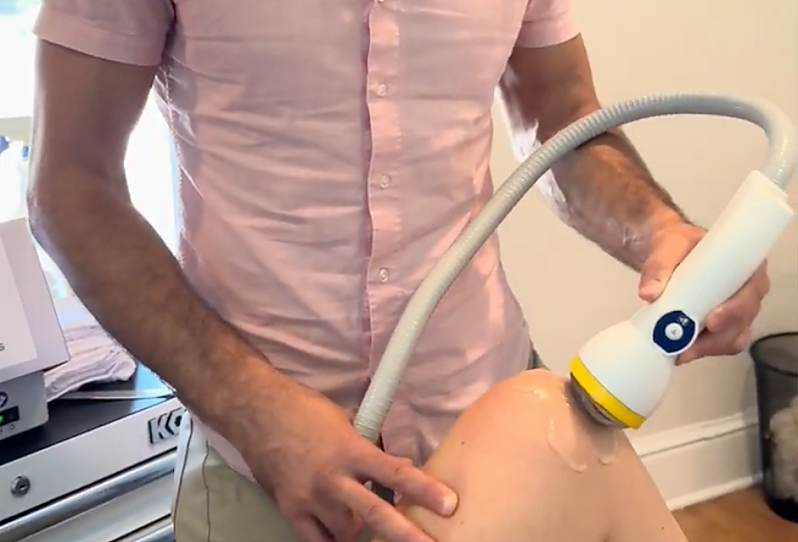
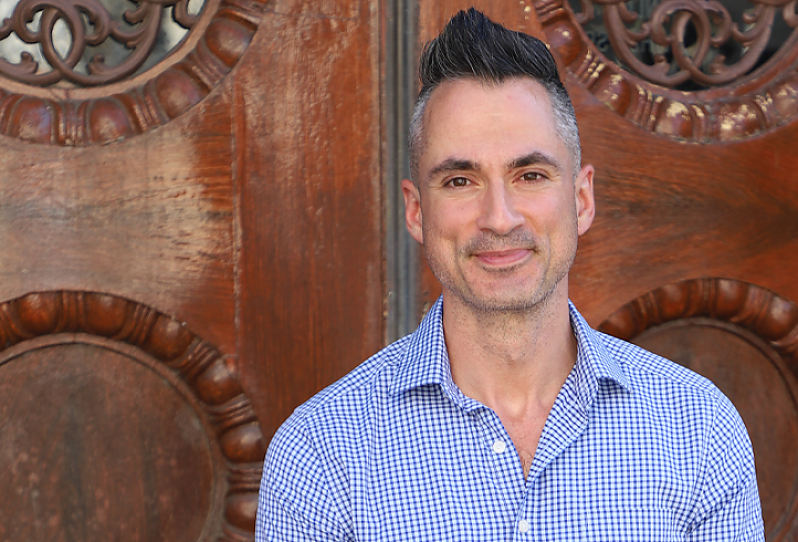
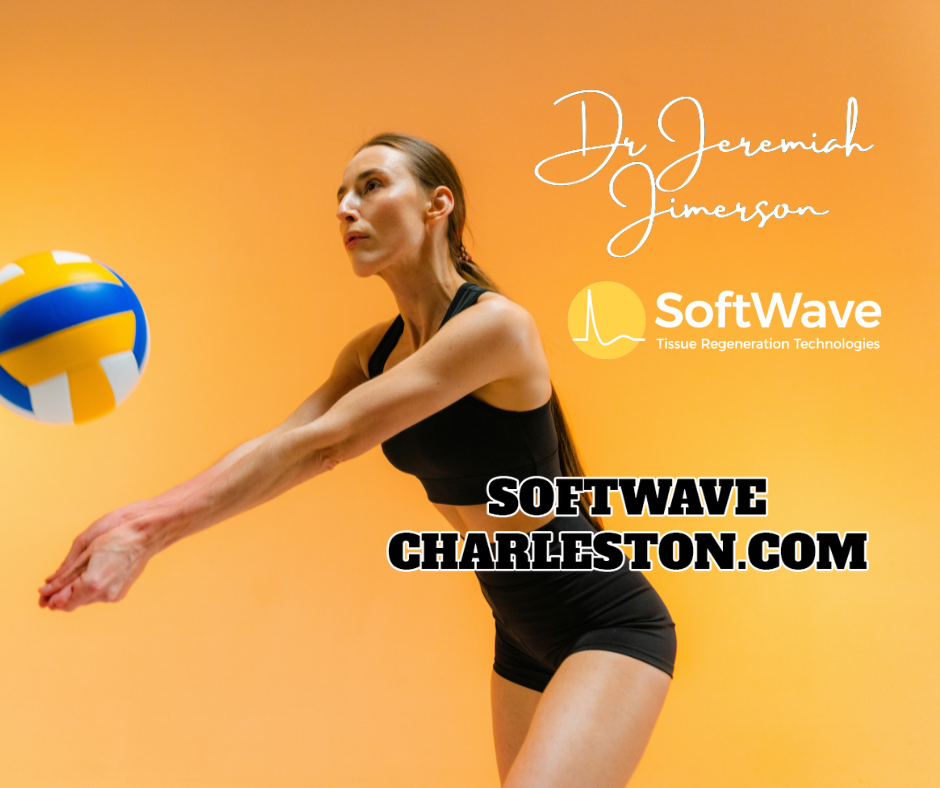
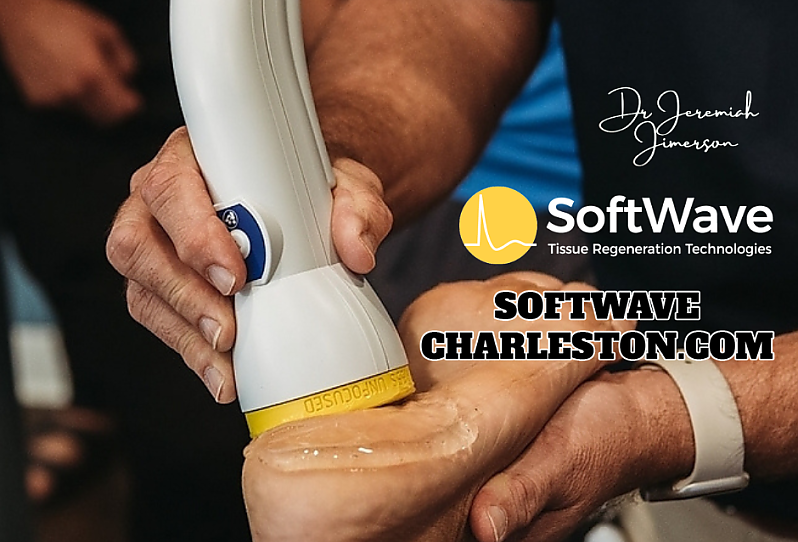

 761 St Andrews Blvd
761 St Andrews Blvd
